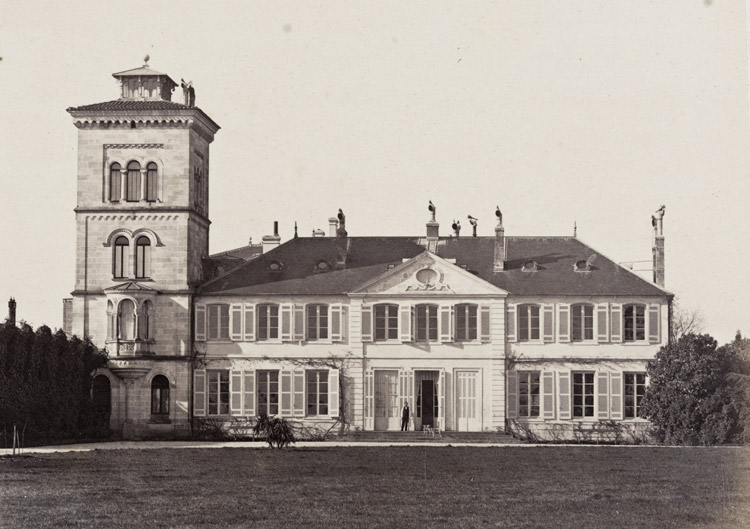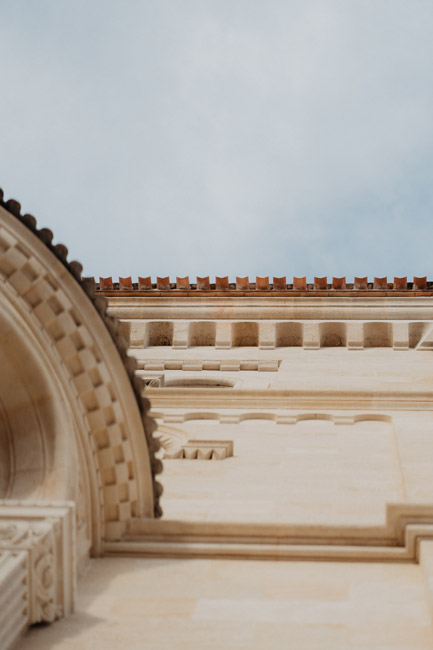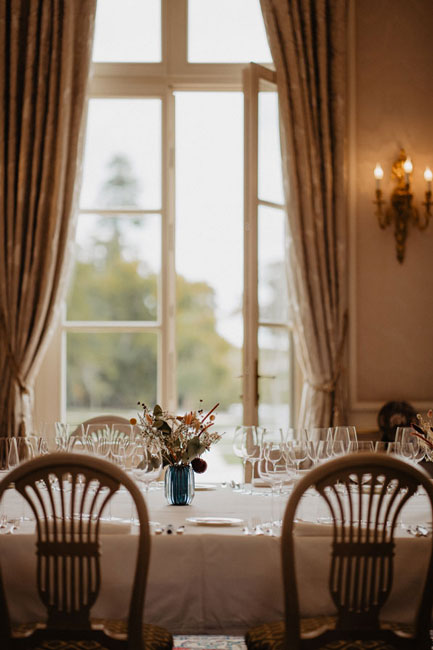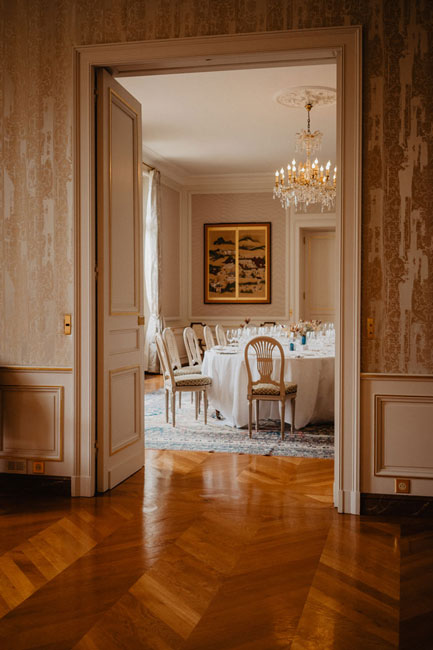THE TIME
THE GENESIS
Château Lagrange: the first traces of our château date back to the Middle Ages. At that time the term “grange” indicated a vast estate including a church, a hospital, farm buildings and housing. Some of the property’s present-day plots, such as “l’hôpital” and “la chapelle”, are daily reminders of this rich past. In the eighteenth century, the Branne family from Bordeaux extended the vineyard, transforming Lagrange into one of the finest properties in the Médoc.
RECOGNITION
In 1787, Thomas Jefferson, then the United States Ambassador in France, and a great Bordeaux wine lover, visited Château Lagrange. He ranked Château Lagrange Third Classified Growth in his personal classification of Médoc wines.
Jean-Valère Cabarrus took over the reins of the property in 1790.
Coming from a renowned wine merchant family, he chose to develop the viticultural activity of the estate and built in a classic style the master house, on the site of the former manor.


In 1842, Count Duchâtel, Home Secretary to king Louis Philippe, acquired the property. His passion was so great that he decided to abandon his political career to devote himself entirely to the task of bringing Château Lagrange into the limelight.
In a forward-looking spirit, he installed a land drainage system built with ceramic pipework manufactured on site.
As an early pioneer of treatments against powdery mildew, and with almost 250 employees that he housed on the estate, he remains some 170 years later a shining example of benevolent management and autonomous vision, and an early advocate of mindful viticulture.


The Tuscan style tower, constructed in 1845 according to the plans of the architect Louis Visconti, famous for his grand projects, is a monument to this visionary outlook and today epitomises the long-term approach of Château Lagrange.
Lagrange was awarded the rank of Third Classified Growth in the official 1855 classification. The estate became the meeting place of High Society, with sumptuous receptions. Artists were also frequently invited, drawing inspiration from the impressive landscapes.
Darker years were to follow: the phylloxera crisis, World Wars, fires, various vine diseases, economic and financial crises…Lagrange did not come out unscathed. In 1983 Keizo Saji, son of the founder of Suntory, bought the property from the Cendoya family, who had owned it since 1925.
THE REBIRTH
The objective is to restore this Grand Cru Classé to its former glory. Their uncompromising vision was clear, and their sights were set on excellence.
Over the first ten years this team undertook the ambitious project of renovating the estate – restructuring the vineyard to create more precise plots and adopting a strategy of sustainable development from the mid-nineties onwards.
The buildings were entirely renovated, both the cellars and the Château, which underwent a magnificent refurbishment that skilfully mixed French style and Asian artwork.
Through great passion, hard work, and skill, little by little the prestigious image of Château Lagrange was restored.



CONTINUITY
Over the last decade, Matthieu Bordes and his team have continued the pursuit of excellence begun 40 years ago, through the search for ever greater precision.
40 years is also the average age of the vines which are today arriving at the pinnacle of quality. The château has also embraced wine tourism, in a spirit of hospitality that is at once simple and refined, reflected in the gastronomic dishes that are served and in the welcome that is extended.
The dedication to improvement is permanent, and the acceleration of the CSR policy makes Château Lagrange a model of virtuous development.